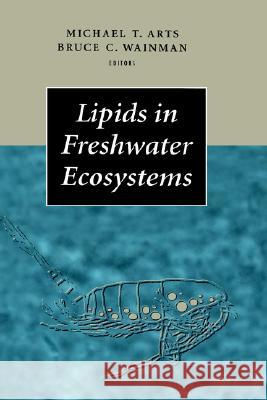Lipids in Freshwater Ecosystems » książka
Lipids in Freshwater Ecosystems
ISBN-13: 9780387985053 / Angielski / Twarda / 1998 / 319 str.
Although limnology is a young discipline, it has, over the past century, experi enced marked growth. Its early descriptive period was a long one, given the enormous diversity of biota and environments in freshwater ecosystems. With the development of quantitative techniques came the ability to measure production rates and other parameters and to demonstrate the effects of nutrient limitation and predation on productivity and energy flow. As understanding of these phenomena grew, so too did our appreciation of the many complex chemical interactions among the biotic and habitat components of freshwater ecosystems. A recent, exciting phase of limnology, which may be called biochemical lim nology, is evolving rapidly. One of its many facets is the study of population and community dynamics at basic physiological levels. Examples are many. The integration of recent studies of food biochemistry with traditional studies of food quantity has begun to reveal the striking importance of food quality to reproduc tion and to the growth dynamics of many aquatic animals. Positive as well as negative alleleochemical interactions, already known in terrestrial ecosystems, are emerging as a major factor of many competitive interactions in fresh waters."











